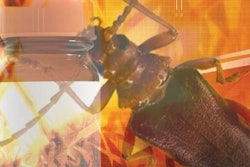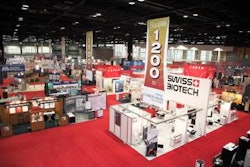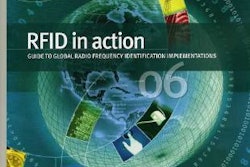
The company, which has been involved in automating warehouses since 1982, claims as RFID customers Kodak, Pfizer North America, Wm. Wrigley, Abbott Labs, and Thomson Consumer Electronics, among others. It regularly offers training including a 2-hour executive overview seminar that I attended.
There were a dozen “students” at the afternoon session, including four from a Chicago-based meat-packing company planning for RFID.
This was an “RFID 101”-level class that explained such things as how RFID systems work, the various frequencies and their differences, what typical components are, and proven integration techniques. Also provided was an update on retail and defense industry mandates. The presentation by instructor Tom O’Boyle was authoritative and breezy. It was also general in nature, thus some of the information was outside the packaging realm. Miles even conducts classes on behalf of OTA Training (www.otatraining.com) for OTA’s RFID certification program.
In summary, I learned a number of things:
• Water content of products, which lowers RFID read performance, is probably the biggest issue for companies to deal with.
• There are no current standards for active and battery-assisted passive (BAP) tags.
• While there is an overcapacity of smart label manufacturers, the overall industry capacity of 1.2 billion tags may constrain future growth at some point.
• Metal screen door meshing can be used to fix “cross-talk” problems for RFID antennas in adjacent dock doors.
• Antenna tunnels provide the best read rates.
• Rebar metal rods embedded in many concrete floors in warehouses are a major problem that affects the performance of RFID antennas and therefore of reads.
• One of the most useful bits of information in a warehouse is the “last seen” RFID read that provides the most recent location information for a pallet or case.
• Feedback from Gillette’s RFID implementation disclosed that 40% of its special Father’s Day promotional displays last summer were not out on the floor until after Father’s Day.
• Some companies end up changing their packaging to improve RFID performance.
After class concluded, Miles provided a tour of its RFID test center that includes integrated RFID commissioning systems.
For more about Miles’ training and similar programs, visit the company’s RFID Labeling Web site.
For more information on RFID training, see Bringing RFID to the classroom published in the March-April 2006 issue of RFID Product News (www.rfidproductnews.com), a helpful roundup on how “more and more schools are making RFID courses and testing a part of their curriculum.”
























